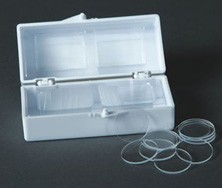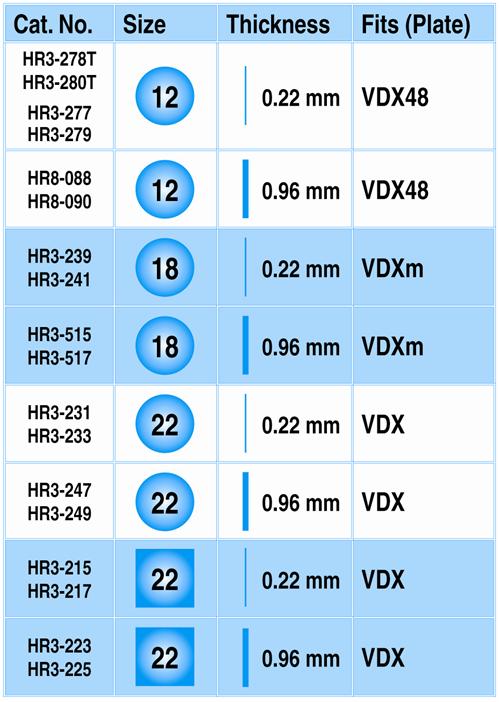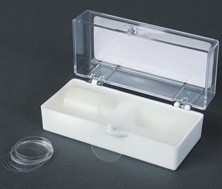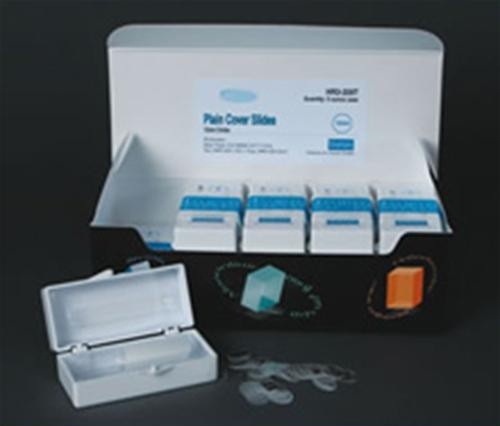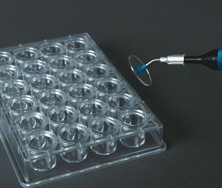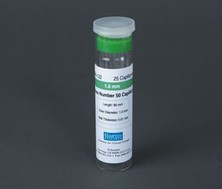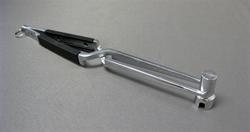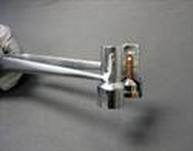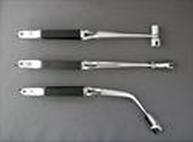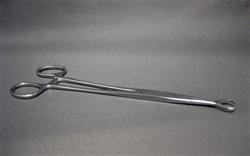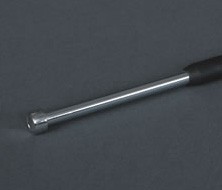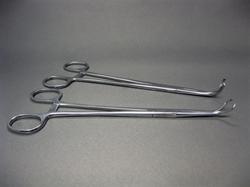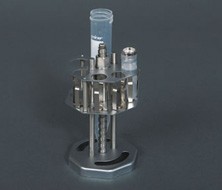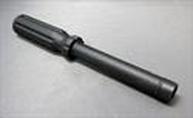Applications
Primary, diverse reagent system crystallization screen for proteins, complexes, peptides, nucleic acids, & water soluble small molecules
多样结晶试剂系统删选试剂盒,用于蛋白质,复合物,肽,核酸,和水溶性的小分子。
Features
 Developed at Hampton Research
Developed at Hampton Research
 Screens classic, contemporary, & modern crystallization reagents
Screens classic, contemporary, & modern crystallization reagents
 Samples pH 3 to 9
Samples pH 3 to 9
 Compatible with microbatch, vapor diffusion, & liquid diffusion methods
Compatible with microbatch, vapor diffusion, & liquid diffusion methods
 Specially formulated reagent zones:
Specially formulated reagent zones:
1 .Traditional salts versus pH
2.Neutralized organic acids
3.High [salt] with low [polymer]
4.High [polymer] with low [salt]
5.Low ionic strength versus pH
6.PEG & Salt versus pH
7.PEG & Salt
 Tube or Deep Well block format
Tube or Deep Well block format
Description
Index is designed as a 96 reagent crystallization screen that combines the strategies of the grid, sparse matrix, and incomplete factorial screening with traditional, contemporary, and new crystallization reagent systems into a highly effective and efficient format.
Index, as the name implies, efficiently samples a series of specially formulated reagent zones to identify which reagent class or classes and pH are effective in producing crystals or limiting sample solubility. Results from Index can be used to design optimization experiments and to identify follow on screens by reagent class. For example, positive results with salt based reagents in Index may be followed up with further screening using SaltRx or Grid Screen Salt HT. Success with polymer based reagents in Index may be followed up with further screening using PEGRx or PEG/Ion.
Index utilizes a broad, yet refined portfolio of crystallization reagent systems. These include the following: (1) traditional salts such as Ammonium sulfate and Sodium chloride versus pH; (2) neutralized organic acids such as Sodium malonate and Tacsimate; (3) High salt concentration mixed with low polymer concentration as well as high polymer concentration mixed with low salt concentration and; (4) Low ionic strength using polymers such as PEG, MPD, Pentaerythritols versus pH. These reagent systems are formulated across a sparse matrix and incomplete factorial of concentration ranges, sampling a pH range of 3 to 9.
Index contains 96 unique reagents, 10 ml each.
Index HT contains 96 unique reagents in a single Deep Well block format.
Ready-to-use reagents are sterile filtered and formulated with ultra-pure Type 1 water, using the highest purity salts, polymers, organics and buffers. Individual reagents are available through the Hampton Research Custom Shop.
Measured pH range of kit is 3 to 9 at 25°C
Average measured pH of kit is 6.8 at 25°C
Median measured pH of kit is 6.9 at 25°C


Apo Kinase crystal. Initial hit from the Hampton Research Index Screen. Annie Hassell, Glaxo Smithkline.

Crystal of a heme-based sensor from Thermoanaerobacter Tengcongensis grown using the Hampton Research Index screen. Patricia Pellicena & John Kuriyan at University of California, Berkeley, USA.
| CAT NO | NAME | DESCRIPTION |
| HR2-144 | Index | 10 ml, tube format |
| HR2-134 | Index HT | 1 ml, Deep Well block format |

